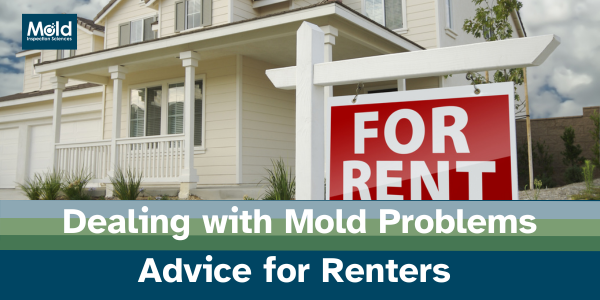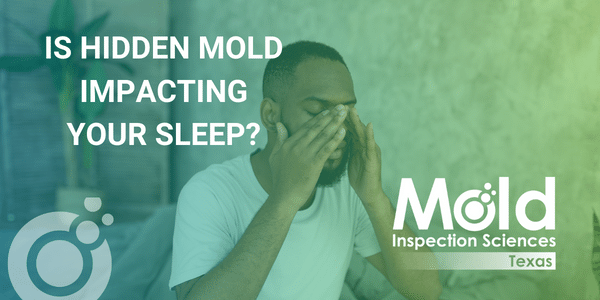Do Mold-Resistant Paints and Coatings Really Work?
Mold-resistant paints and coatings are marketed as cures for mold infestations. However, they aren’t a cure-all.
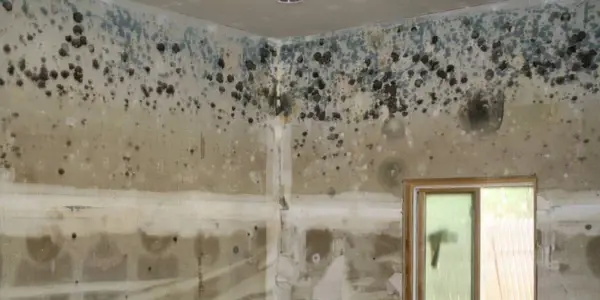
Mold and mildew are common but dangerous problems for homeowners. They grow in damp, humid areas and spread quickly, making them hard to remove. To make matters worse, inhaling them can lead to all kinds of health problems. Therefore, homeowners turn to mold-resistant paints and coatings to keep their homes – and themselves – healthy.
This article explains what mold-resistant paints and coatings can and can’t do so you can decide if they’re right for you.
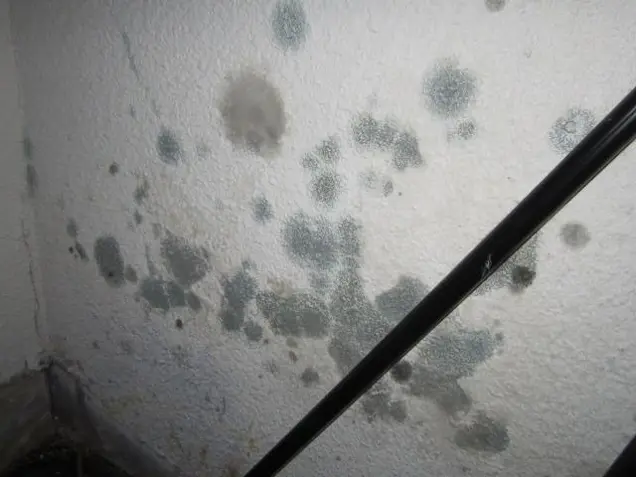
What is Mold-Resistant Paint?
Mold-resistant paint is designed to keep mold, mildew, and bacteria from getting out of hand. Normal paint can’t stop mold from growing, but mold-resistant paint has antimicrobial properties that keep mold spores from growing on it, protecting the wall underneath.
However, mold-resistant paint doesn’t kill existing mold or prevent it from forming if underlying issues exist. It’s also not a permanent solution; exposure to repeated moisture and mold will wear it down over time.
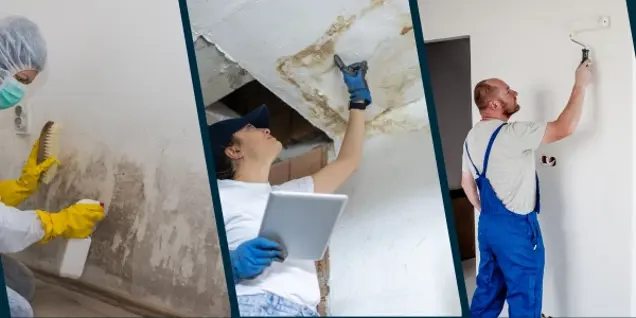
How to Use Mold-Resistant Paint
Like regular paint, mold-resistant paint can be applied in any room where it’s needed. The kitchen and bathroom are two of the best rooms to use it due to the moisture they get, but laundry rooms, attics, basements, and garages can also benefit from it.
Follow these steps to get the most out of your mold-resistant paint.
- Remove all mold from the surface. Painting over existing mold won’t stop it from growing underneath. Additionally, a mold-free surface will help the paint adhere to it more effectively.
- Find the cause of the moisture. Improving ventilation and using a dehumidifier can help pinpoint the source of moisture issues, whether they’re leaks or high humidity.
- Perform regular maintenance. Promptly address any signs of mold or moisture to extend the life of your paint. Doing so will prevent mold in the long run.
- Apply multiple coats of paint. A common mistake DIY painters make is to only use one coat of paint. Mold-resistant paint forms a barrier between the wall and the mold, but mold can start growing in even the smallest crack. One coat doesn’t provide enough protection, but multiple thin coats do.
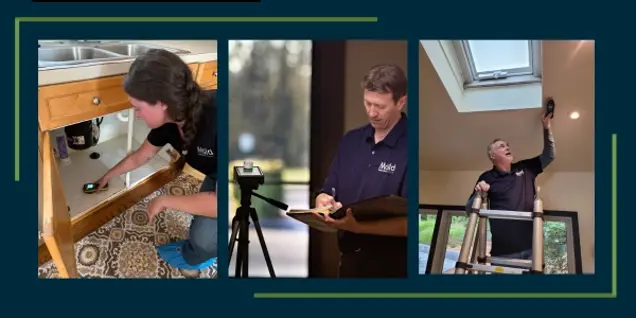
The Bottom Line
Mold-resistant paint is an effective weapon in the fight against mold, but it can’t magically get rid of it. You’ll need to remove any existing mold and address the root cause to get the most out of it. If you suspect mold in your home or are experiencing mold-related health symptoms, call us or click here to schedule an inspection right away.
If you suspect that there may be mold present in your home — or you have questions about what to look for and what comes next. We’re here to help.

Call us on 1.888.335.6653 or send us email at [email protected]
You can also find more information about our CIRS Protocol and qPCR testing here.

